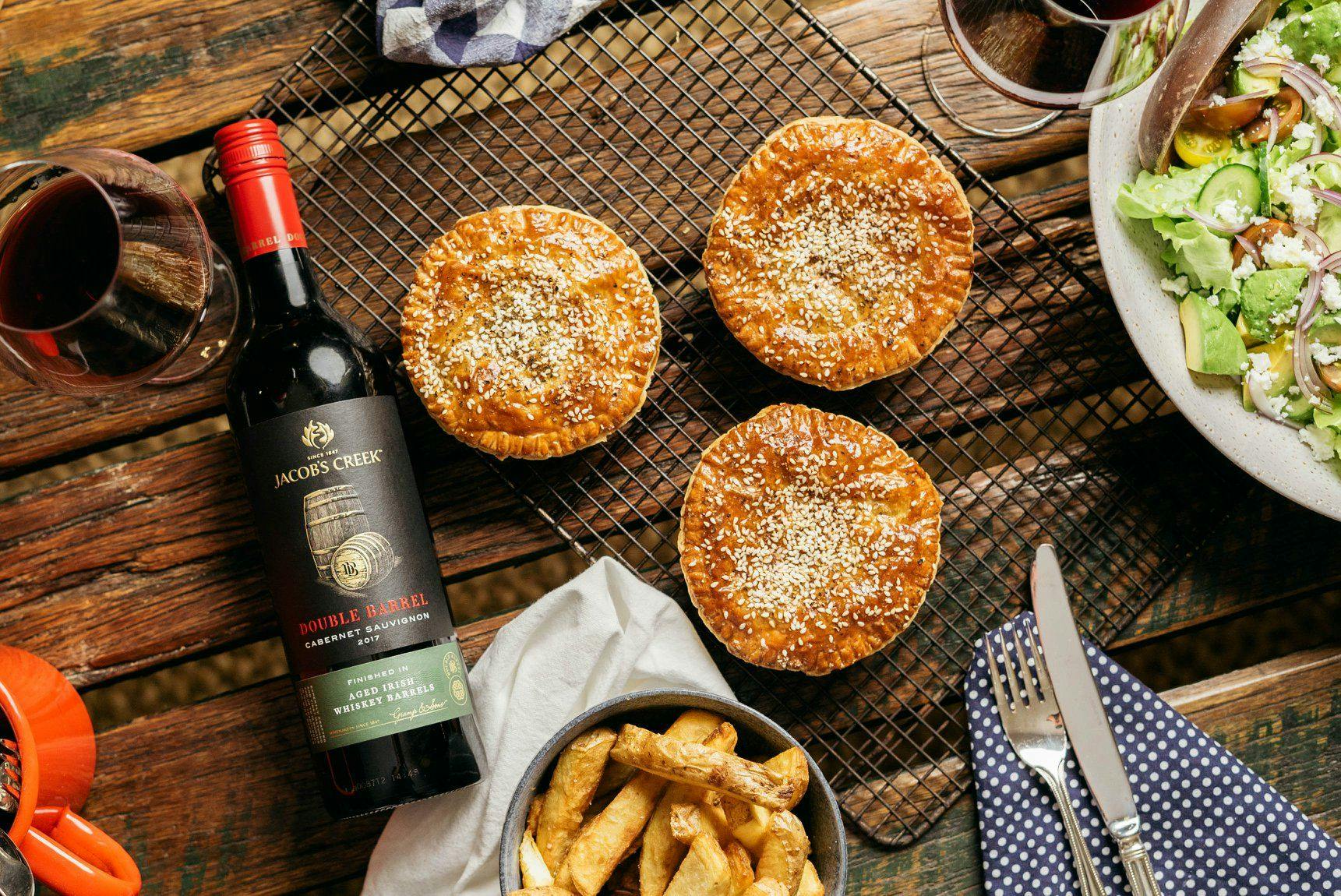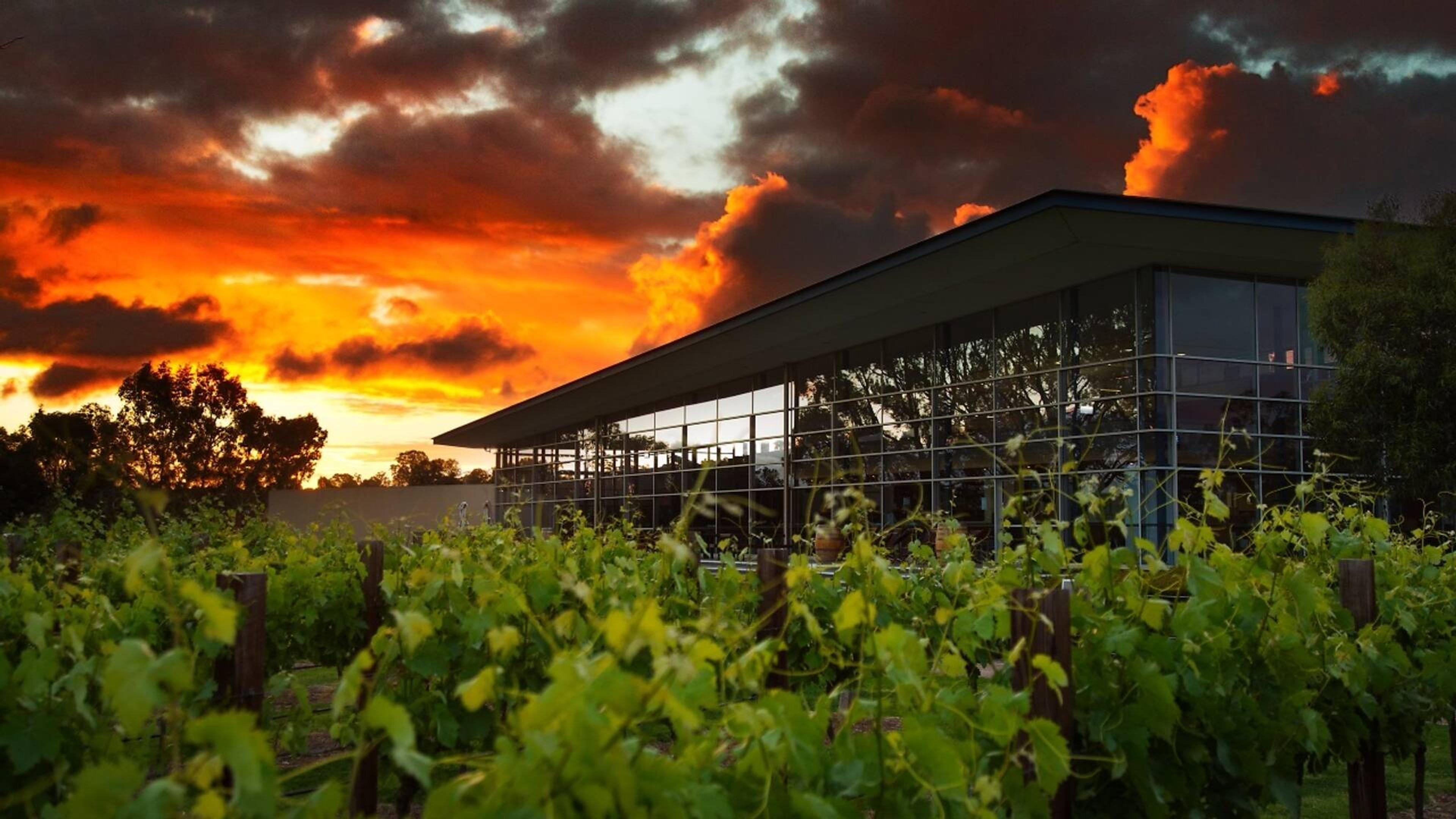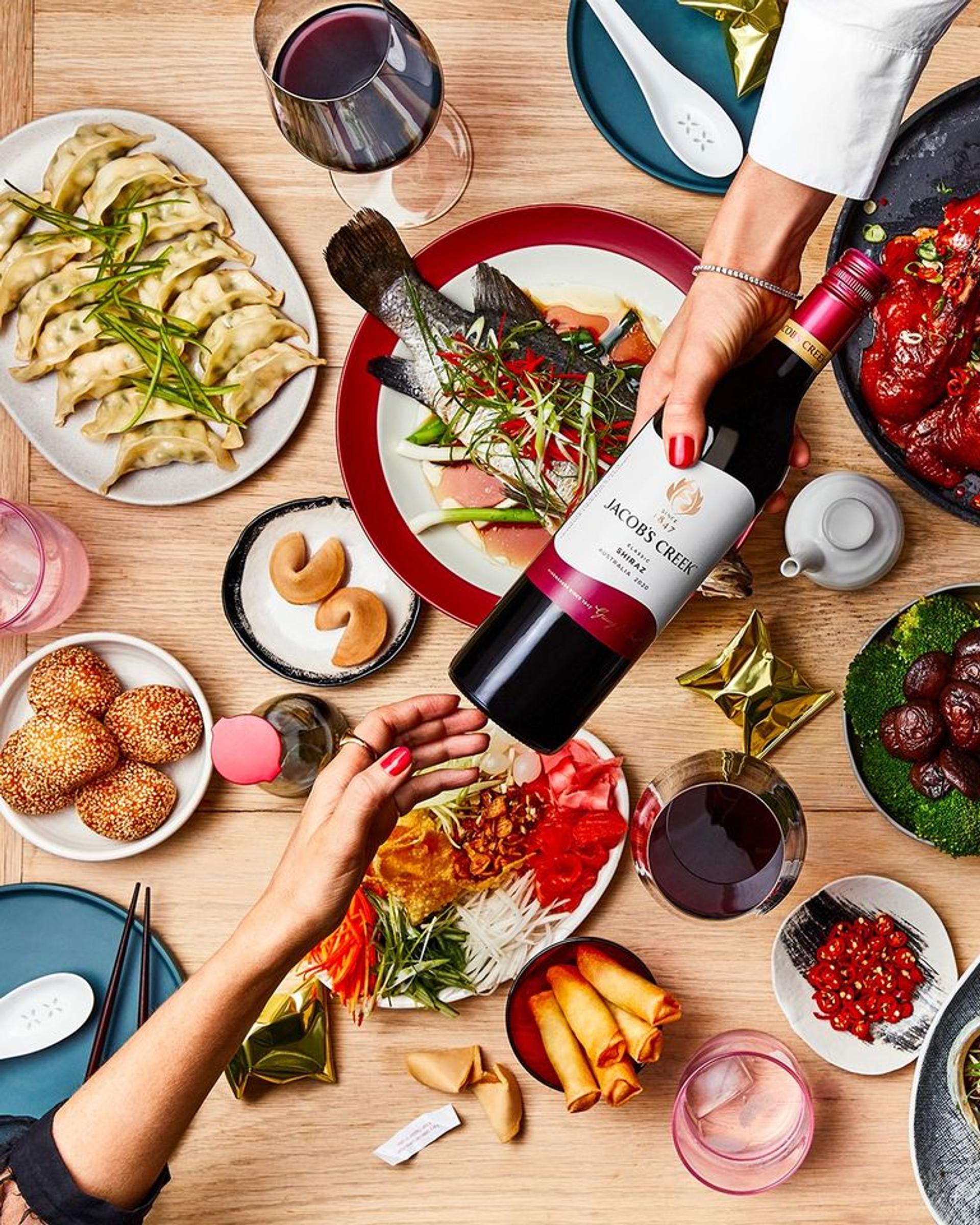Abstract
Australia produces around 4 percent of the world’s most sought-after wines, is the fifth largest wine exporter (behind the traditional wine-producing countries Italy, France, and Spain), boasts of 65 wine regions including the Hunter Valley in NSW, Barossa Valley in South Australia, Margaret River in Western Australia, and the Yarra Valley in Victoria with a production of over a billion litres of wine annually.
Home to more than 6,000 grape growers and 2,500 wineries, around 60 percent of Australia’s wine production is exported each year, with over 1000 exporters sending more than 18,000 different wines to more than 100 destinations worldwide. Hence, the profitability of the wine sector is directly linked to its exports potential. In 2021, Australia was India’s largest source of wine imports, witnessing an increase by 81 percent. Between September 2021 and September 2022, Australian wine producers exported 3.6 million litres of wine to India at a total value of $16.2 million. The market is dominated by still reds followed by still whites with shiraz blends, chardonnay, and shiraz being most popular, respectively. In this case study we share how India raised a toast to one of Australia’s leading global wine brands, Jacob’s Creek wines, named after a creek, that runs through the renowned Barossa Valley. The story of Jacob’s Creek is a story of people, places, and passion rooted in 170 years of winemaking tradition. The story began when a Bavarian immigrant Johann Gramp, missed the taste of wine from his homeland so much, he decided to start growing grapes and planted the Barossa Valley’s first commercial vineyard on the banks of Jacob’s Creek in 1847. From producing wines that showcase how each grape variety expresses itself when shaped by the soil and the sun of Australia to emerging as one of the most established international wine brands, wherein nearly four in every five bottles of Australian wine sold in India is Jacob’s Creek, is a story to emulate.
Introduction
Alcohol is deeply embedded in Australian culture. A beer while barbequing, a glass of wine with family, refreshing cocktails after work, all reflect how alcohol is an intrinsic part of Australian social life. Globally, few of the biggest brands across wine, beer, and spirits are Australian, all made utilising global best practices for production, storage, and distribution of these beverages. The Australian wine sector contributes over $40 billion annually to the Australian economy, with over 100 varieties grown. The big range of climates, soil types and varietal mixes makes Australia’s wine offerings very diverse and unique across each Australian State. The top five exports are: Shiraz, Chardonnay, Cabernet Sauvignon, Merlot, and Sauvignon Blanc. Over the past two decades, India’s taste for wine has begun to grow it is symbolised as a product of luxury and prestige. Affluent middle class, increasing urbanisation, shift in consumer preferences has seen Australian wines finding their way onto drink orders at Indian bars, restaurants, and social gatherings.

Pernod Ricard India (PRIPL) is a fully owned subsidiary of Pernod Ricard SA, France and is a fast-growing multinational alcohol beverage company that employs over 9000 Indian residents and indirectly provides livelihoods to thousands of suppliers, vendors, retailers, and distributors. Pernod Ricard needed a portfolio that could match the pricing and varietals that were relevant to India and found Australian wines to be the best fit. In 2000 they launched Jacob’s Creek in India. With leading brands in each category, PRIPL holds a premium portfolio in the industry led by Seagram’s Whiskies such as Royal Stag, Blenders Pride, Imperial Blue, 100 Pipers, some of which are produced locally at its two distilleries in India and bottled at 29 sites across the country, and a wide range of imported bottled at origin international premium brands like Chivas Regal, Absolut, Royal Salute, to name a few.
India Strategy
Nearly four in every five bottles of Australian wine sold in India today, is Jacob's Creek. PRIPL applied for registration in States with metro cities which were an established wine salient market. Pernod's existing spirits distribution set up was used to drive their wine category and launch Australian Wines. Their prior experience and understanding of the diverse regulatory structure and excise rules in different States, was an added advantage.
PRIPL's marketing team along with strategy team devised the India market entry strategy. The International Wines and Spirits Record (IWSR) data on wines was used to build a cohesive strategy that identified target consumer segments, enabled by business acumen, consumption insights, increased training on wine knowledge, increased sampling, and competitive prices. Initially, the focus was on targeting a smaller number of outlets in metros and expanding further after offtake-consolidation and commitment by these outlets.
"More than 19 million Indians become of legal drinking age each year - broadly equivalent to Australia's entire drinking age population! In terms of wine, research shows its potential amongst Indian consumers - particularly females, who see it as a socially acceptable choice of alcoholic beverage. The alcohol content in wine is also lower {around 11-14 percent) compared to 40 percent in whisky and 35 percent in gin." - Shilpa Gupta, Head, Public Policy, Pernod Ricard India
PRIPL has traditionally focused on the Tier - 1 Indian cities, but opportunities to expand are also available in Tier - 2 and Tier - 3 cities, which are growing significantly in affluence and consumption.
Seeing The Future
India's fledgling wine industry has been shielded from external competition for over two decades, with domestic production concentrated in the states of Maharashtra (90 percent) and Karnataka (7 percent), Goa and Himachal Pradesh (less than 3 percent of output combined).
India imposes a steep 150 percent import duty for wines, which is one of the highest in the world. Under the recent, Australia-India Economic Cooperation and Trade Agreement (AI-ECTA), India has reduced customs duty on Australian wines, but in a staggered manner to ensure that the domestic wine industry doesn't end up being subjected to predatory pricing. This is the first time that India has agreed to liberalise wine under a trade pact, with the government trying hard to strike a balance between protecting the domestic industry, while also opening the path for greater investments and tie-ups with Australian companies. This can eventually drive exports and give push to its priority towards Make in India.
According to the new structure, tariffs on wine with a minimum import price of $5 per bottle is reduced to 100 percent and subsequently to 50 percent over 10 years. The duty on bottles with a minimum import price of $15 is reduced to 75 percent, and subsequently to 25 percent over 10 years. The minimum import price is the actual price paid to the exporter (excluding duty), which includes the cost of the goods, insurance, and freight. The price to the retailer is higher since central and State taxes are levied on the product.
Considering this, the tariff reduction benefits only the upper end of wine imports and high-income consumers. This means that the threshold as agreed in the agreement only covers 2 percent of wine imports from Australia. The rest of the wine imported from Australia - about 98 percent, which is consumed by middle income consumers - continues to attract a duty of 150 percent.
"Jacob's Creek - which represents nearly 80 percent of Australian wine sold in India - will continue to be faced with tariffs of 150 percent. That's why it is so important that negotiations on the Comprehensive Economic Cooperation Agreement (CECA} prioritise deeper market access for Australian wines."
In India, the (grape) vine yield is lower compared to top wine-producing countries. Australia can assist Indian wine companies with its best agricultural practices through joint venture partnerships, collaborations, also aligning Indian wines to efficiently tackle non-tariff barriers including meeting stringent international requirements for certification.
India is a very value-conscious, highly regulated route-to-market (RTM) with a lack of uniform tax structure across its States. AI-ECTA is likely to encourage, best agricultural practices, and lobby for a uniformity of State taxes, which is a challenge for the entire industry, not just the wine sector.
India has an estimated 485 million consumers above drinking age (over a third of its total population). Most of its wine consumption takes place in urban centres, including Mumbai (32 percent), Delhi (25 percent), Bangalore (20 percent), Pune (5 percent) and Hyderabad (3 percent). Despite the sector's accelerated growth, wine penetration is still low with just 10 million wine drinkers (around 0.8 percent of the population).
To increase these numbers, retailers and wineries are increasingly focusing on the customer experience, the comfort of women consumers who contribute most to wine sales and are reluctant to buy from traditional liquor stores. There is an independent section at a wine and liquor store in the Star City Mall in Delhi where only women or couples are allowed to shop. Premium chain, Foodhall - offer separate sections dedicated to wine and cheese. In 2021, Bangalore witnessed the launch of Mansionz, a luxury experiential store that also includes a tasting room, to try a small quantity of any premium wine brand before making an informed purchasing decision.


Planning Ahead
India's alcoholic beverage market is the third largest after China and Russia, however 68 percent of Indians consume IMFL brands (Indian manufactured foreign liquor). This narrative, however, is beginning to change. Indian wine consumption is growing by 18 percent, vis-a-vis IMFL, which is growing by 10.8 percent. When Pernod Ricard launched Jacobs Creek, Indians got to drink a good global wine at Indian prices.
Our takeaways for Australian wine companies from this case study are -
- Patience and solid consumer insights should drive your business in the country, then margins and profits in the initial two-five years
- Early investment in the right channels for sampling and visibility drives offtakes
- Invest more heavily in wine knowledge training among traders and consumers
- Keep the consumer at the centre of all your strategies and invest in category growth
- Price sensitivity, brand familiarity, and country of origin are the main variables influencing consumption trends for various types of wines
- India's millennial generation is undergoing a cultural revolution, with shift in tastes, preferences for more upscale and expensive international wines, fuelled by growing health consciousness. Wine is seen as a beneficial substitute for other harsh liquors
- Local intelligence is important, to address consumer demand for wine
- Understand how the operating environment for alcoholic drinks is changing
- Educate yourself about the leading brands (domestic and global doing well in India-market), understand product distribution structure, and the key trends in new product development (pricing, labelling, cultural nuances)
- Ask if consumers want value for money or added value
- Be aware of the macroeconomic context and shifting cultural values shaping future growth.
There's a real opportunity for Australian and Indian grape growers and winemakers to collaborate than compete, and to grow the market for wine in India. With AI-ECTA, a shift in regulatory, taxation and tariff environment also open opportunity for Australian wine businesses to invest in Indian businesses.

